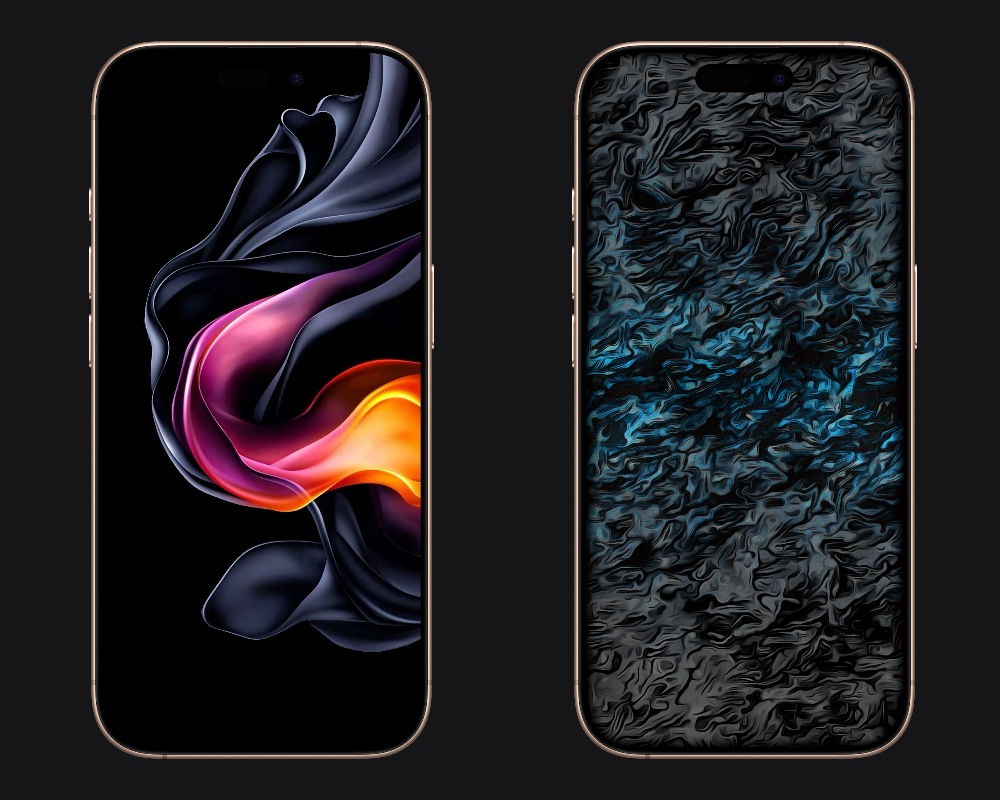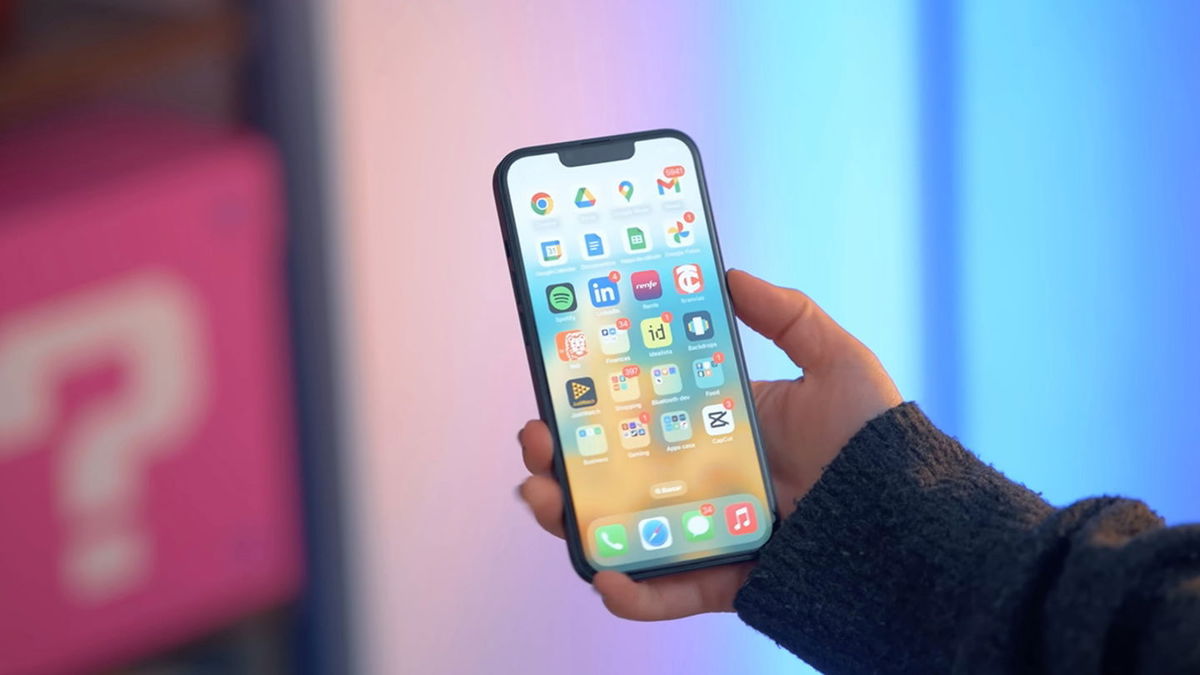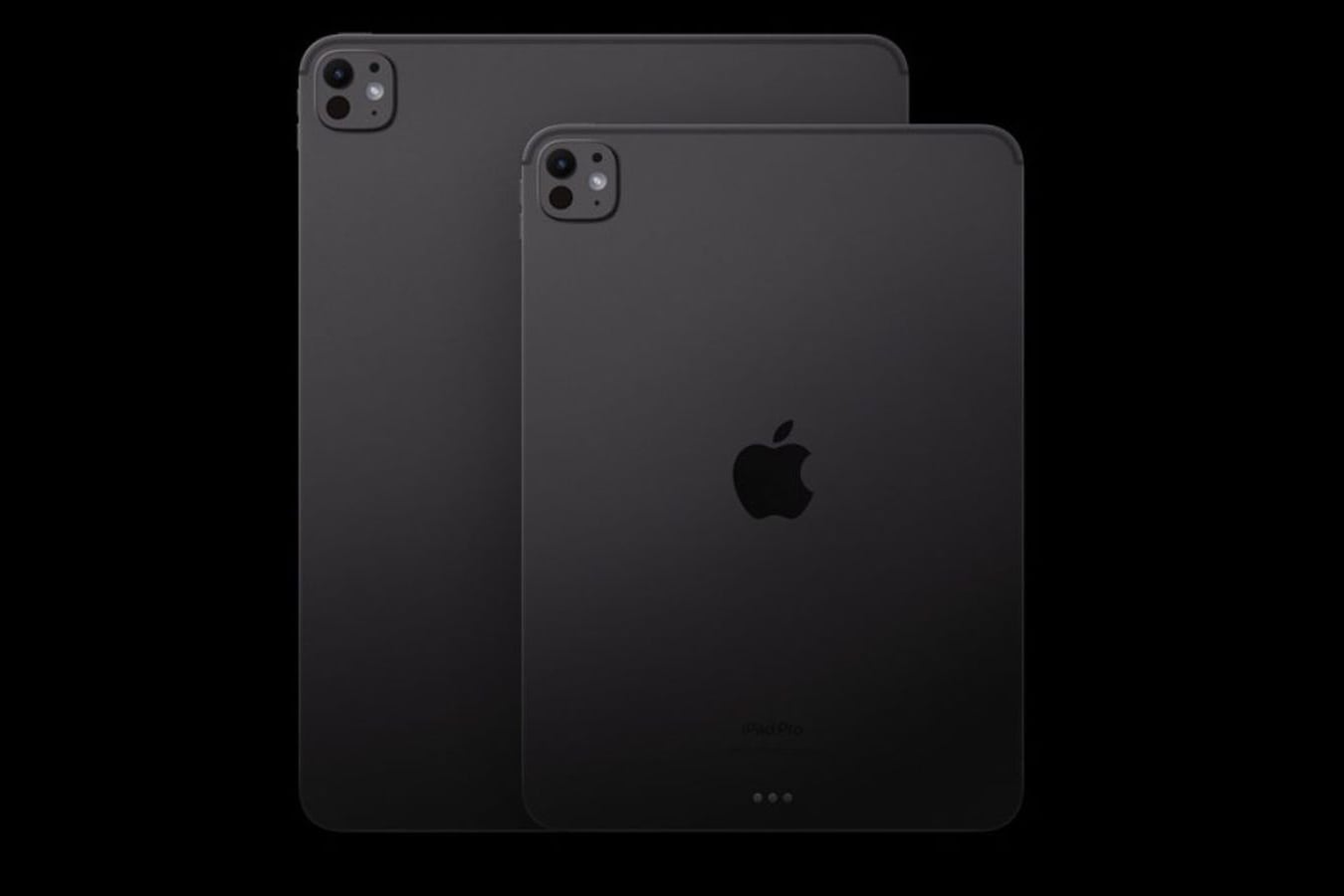It’s been almost two years since Apple announced, along with its purchase of Primephonic, the launch of Apple Music Classic, an application designed to listen to classical music. But it’s finally here. Of course: with certain limitations, such as an interface that is not adapted to the large iPad screen or the lack of an application for macOS.
Initially, Primephonic offered a classical music listening service that differed from Apple Music or Spotify in its search design, menu navigation, and recommendations adapted to classical music, which are compositions very different in structure from the music we enjoy today.
In Baroque, apparently there were no sessions of collaboration with another famous artist to “blow up the Internet”. There were no albums or singles. So services like Spotify or Apple Music are invalid. to properly serve the lover of classical music. His way of cataloging music only serves to accommodate our understanding of music since the 20th century.
So Apple decided to bet on an independent app called Apple Music Classical. But did the company achieve its goal with this product?
Why you need a special application and how it should work
The cataloging of digital music as we know it today comes from services like iTunes as well as piracy (by converting CDs into individual tracks that are stored on hard drives). To maintain order, a number of metadata have been assigned to each file, including but not limited to artist, album, and song.
The problem is that classical music is organized differently, and this error has persisted with the advent of services in streamingthat focus on albums, playlists And singles. At best, mixtures of different interpreters are presented without no order in which the user cannot know what he is listening to and, moreover, its numbering, key or interpreter.


We understand classical music all production is based on the liturgical and secular traditions of the West. Its history goes back about a thousand years, starting with the first works we have, such as the cantigas de Santa María, created at the court of King Alfonso X the Wise.
For proper organization, it is necessary to divide by time of creation (medieval music, Renaissance music, baroque music, classicism, romanticism and modern classical music) and by genre to distinguish music directed for the orchestra, stage works such as opera. , or choirs.
In addition, each composition is usually secret for him opus, from Latin, work, the numbering of all works related to it. Each opus may have several movements or sections, key and information about the performer, philharmonic society or orchestra interpreting the work.
To sum it up: it is much more difficult to classify Vivaldi’s Mandolin Concerto than Rosalia’s Motomami, but once these concepts are clear and all the metadata is filled in, it will be easy to properly group and display classical music.
Advantages of Apple Music Classical
The first impression upon entering Apple Music Classical is very positive. All compositions that came to mind were classified by composer, key and opus. And when you select it, it shows you all the performances with enough space to see, for example, what kind of orchestra it is and who is conducting it. Displayed during playback related compositions by the same author or the same period, and even other works by the conductor or violinist that interpret what you are listening to.



The catalog is very extensive and I didn’t find a recording that wasn’t in lossless sound quality format.. You always feel that you are listening to the best recording of this performance.
His classification into genres, periods and instruments is well thought out and achieved. This is especially true of the tool, which can be very useful for amateurs and students of conservatories, since the most outstanding works are grouped first on the basis of work and then interpretation, so that the user can compare.
playlist selected by the editors are diverse and have an informative table to delve into its history and its features of high quality and erudition for the general public.
Although there is still room for improvement
However, despite the fact that fans had to wait almost two years, the application is not available for macOS. On the iPad, it seemed that it didn’t exist due to the lack of adaptation of its interface to the features of the latter.



In addition to the limitation of applications, other gaps quickly and clearly begin to appear when using Apple Music Classical. Such important genres as Gregorian chants are not taken into account in the slightest and are only loosely integrated into “vocal music” along with compositions that have nothing to do with religion. Opera and zarzuela are also surprisingly ignored, although they are well classified and grouped by piece. In this case, grouping is crucial, as the piece was designed to be heard from beginning to end. These are not songs, as Spotify thinks, but scenes for performance.
Finally, I’m surprised that ChatGPT is able to find and explain the article of the Spanish Penal Code and that at the same time Apple Music Classical unable to show me the symphonies of romanticism in a grouped way. When you search for something like this, the search engine interprets it as a work written by a man named Don Sinfonías Romanticismo. And of course, that person doesn’t exist, and Apple Music Classical tells you there are no results. When you search for Gregorian chants, it can only show you entries that have “Gregorian chants” in their title, meaning there are almost none. These are the improvements that can be made in this regard, and it will not be difficult if the metadata classification is correct and comprehensive, as it should be, since this is the main purpose of the application. You could even at least create a few editorial selection lists to participate in this type of search with the criteria of your team of experts.


Within the classification by instrument, filtering by period is also not possible. It would be very interesting if a fan could check his evolution or simply because he likes the main character more than a certain instrument in a certain period.
On the other hand, portraits of the most famous composers are excellent and exude good taste. They all have a noteworthy stylistic and chromatic cohesion, but only the most popular compositions, according to Apple or the publicists who popularized them, have such a privilege. I realize this will expand over time, but seeing the initials of some composers instead of their portrait gives the feeling of looking for alternative music from a home DJ when we are actually talking about musical geniuses depicted in life.
Knowing that Apple Music Classical has just been released, classical music fans and those who want to go deeper into listening and learning should be happy as it is a good start to ease and encourage their enjoyment. However, there are still months to improve its classification, editorial selection, and joint arrangement between subgenre and period. Everything will depend on how high a priority Apple places on serving this demographic, which finally has centuries of music, well classified and with the best sound quality possible, in the palm of your hand.
Source: Hiper Textual
I’m Ben Stock, a highly experienced and passionate journalist with a career in the news industry spanning more than 10 years. I specialize in writing content for websites, including researching and interviewing sources to produce engaging articles. My current role is as an author at Gadget Onus, where I mainly cover the mobile section.













